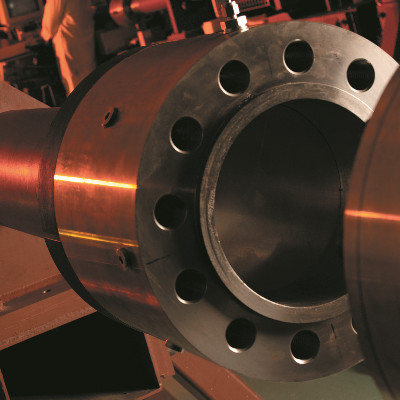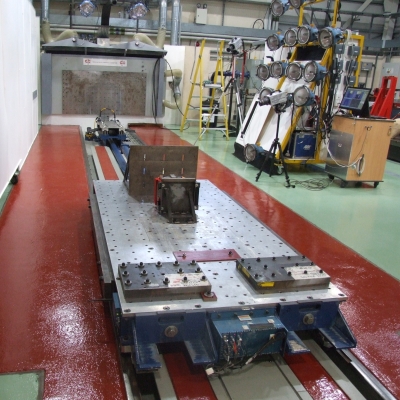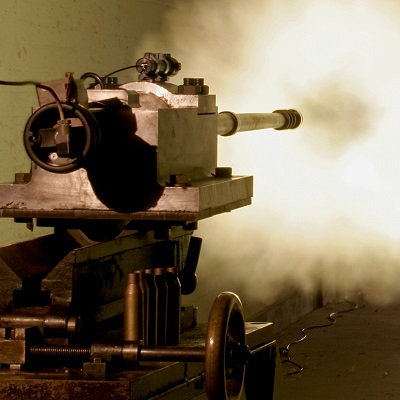This research aimed to investigate and improve the effectiveness of materials used in transparent armour. The findings also have wider implications for the way soft materials, including bio-materials, react to impact and will be useful to improve protection for personnel, structures and vehicles.
Key facts
- Transparent armour is used for the windows of vehicles or buildings.
- Options for materials to make transparent armour with are limited – usually glass or polymers.
- Research showed how the impact within materials can be manipulated.
- Research findings are also relevant to wider testing with polymers and how they react to impact.
Impact of our research
Our research tested the impact and penetration velocity of bullets going into a variety of materials and multi-layered constructs with hard disrupting outer layers and tougher absorbing backings. Studying the backing resin provided a unique insight into the behaviour of such materials: ahead of the penetrating bullet, low strength resins were found to initially deform in a fluid-like way, despite the relatively low velocity of the impacting round.
More generally, these results also led to a hypothesis that hydrodynamic (fluid-like) behaviour will be seen in tissues immediately ahead of impacting rounds, despite the associated ballistic impact velocities.

Above: 7.62 mm round impacting a transparent armour target comprising an outer disrupting armour and tougher backing polyurethane at around 820 m/s
Why the research was commissioned
The research primarily aimed to develop a new, novel transparent armour solution in order to better protect people and structures. It also led to subsequent work which investigated materials for tissue simulation – artificial materials can be used in real world tests to support findings from computer simulations and allow for ballistic testing in a repeatable and ethically acceptable manner.
Why Cranfield?
The Survivability and Advanced Materials (SAM) group, based at our secure site at Shrivenham, represents a unique research capability and is home to the single largest collection of gas-guns in the UK.
There is also correlation with the work of Cranfield Impact Centre, an internationally respected facility specialising in physical impact testing and computer modelling, and one of only two FIA (Federation Internationale de l’Automobile) approved test centres in the world for crash testing Formula One cars.
Facilities used
- The Protective Solutions Laboratory (PSL) comprises two MOD TERP (Test, Evaluation, Research and Proof) ranges under JSP403, sitting under the SAM group.
- Our gas guns provide the ability to load materials at impact velocities up to 8 km/s and strain-rates up to 10 8/s (corresponding to pressures of up to 350 GPa), and film the results with high speed cameras.

Above: The Protective Solutions Laboratory (PSL)




